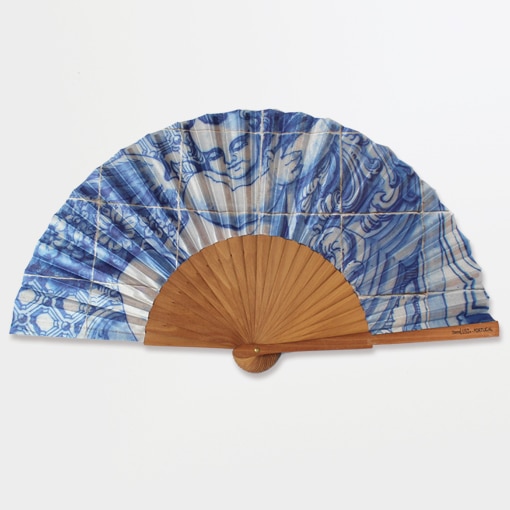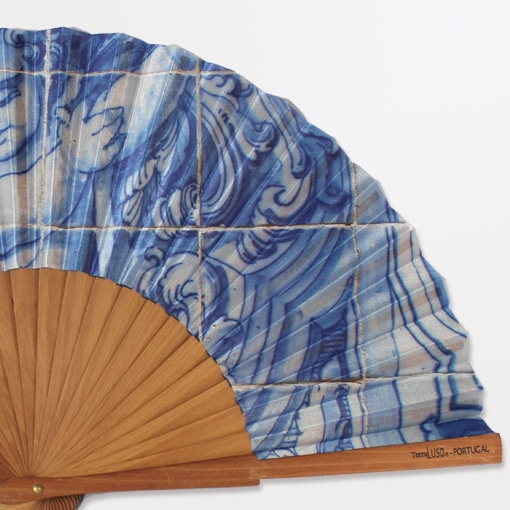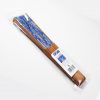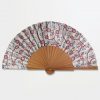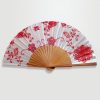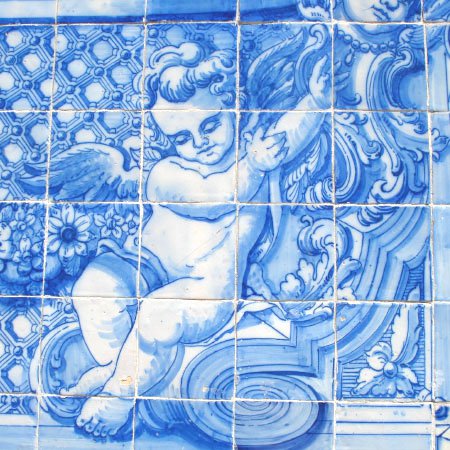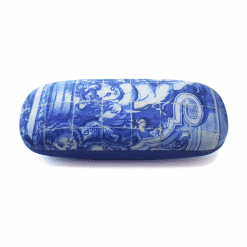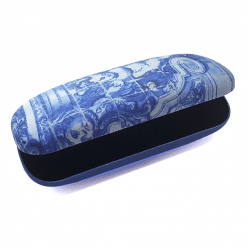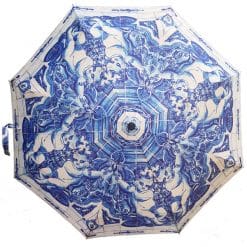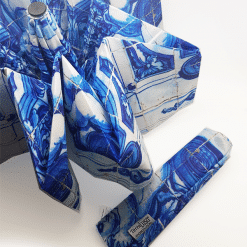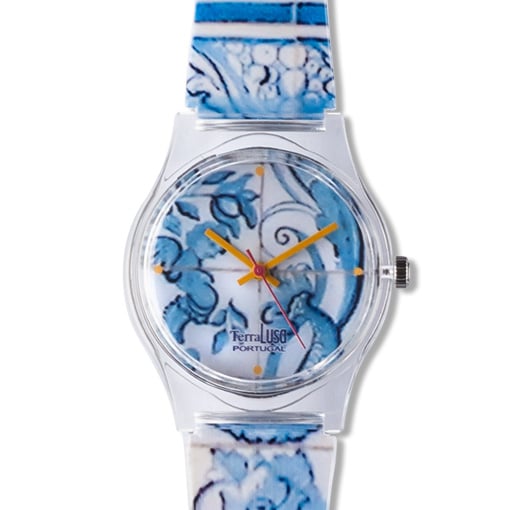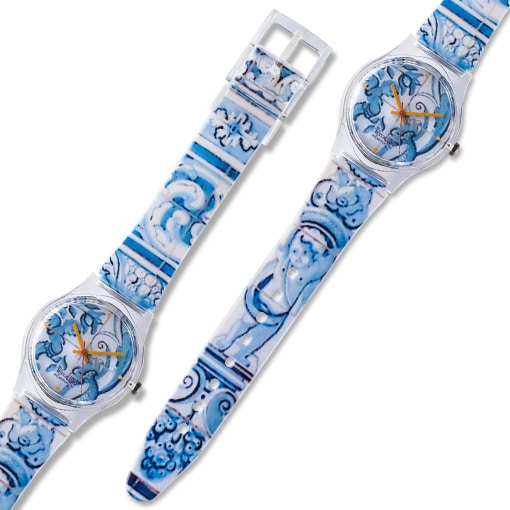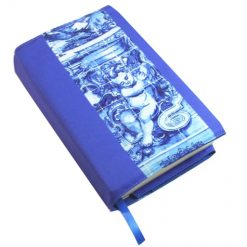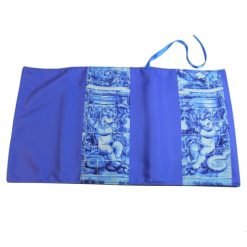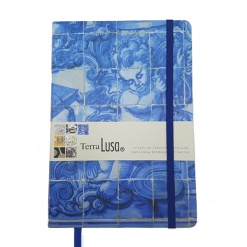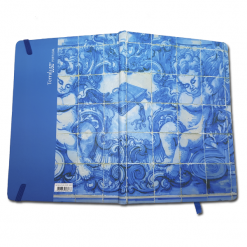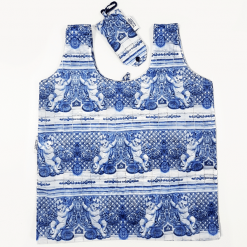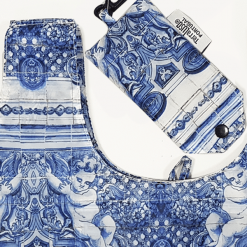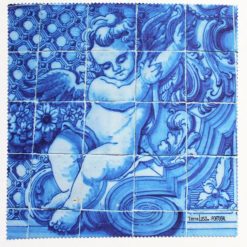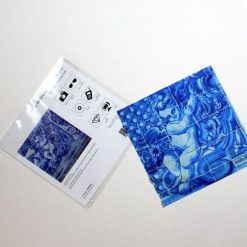Home/Fans
18th Century Portuguese Tiles Angel Fan
Inspired by an 18th century Portuguese tile panel.
Fan made of polished pear wood, with printing on artificial silk fabric. When opened, its dimensions are 43 x 23 cm. It has 24 ribs and comes in a plastic pouch.
Prod.: 18th Century Portuguese Tiles Angel Fan
14,75 €
From the 17th century onwards, with the restoration of independence in 1640, azulejos gained prominence in Portuguese architecture, especially in new palace residences. Polychromatic compositions of Dutch tradition stood out, and for nearly 50 years, monumental sets of azulejos were imported from the Netherlands. Reacting to external competition, national workshops hired academically trained painters, starting the cycle of the masters.
In the second half of the 18th century, azulejo production saw unprecedented growth, resulting in large cycles of historiated panels. In churches, azulejos covered all surfaces, creating an aesthetic complement to the gilded woodwork of Portuguese Baroque.
The brand Terra Lusa presents various collections of products, each one a tribute to Portugal’s Cultural Heritage. Among the products are notebooks, fans, eco bags, mini umbrellas, glasses cases, and microfiber cloths. All are divided into themes inspired by typically Portuguese elements.
800 Years of History, Culture and Tradition inspired the design of the various products in which quality allies with contemporary design.
| Weight | 64 g |
|---|

